Every year, smartphone manufacturers promise a “revolution in mobile photography.” But what’s really changing? In 2025, cameras haven’t just gotten better — they’ve come close to the capabilities of semi-professional cameras. In this article, I, Ramon Knapp, have conducted a hands-on test of flagships with an emphasis on photo quality. Let’s figure out which smartphone is really better for shooting — in daylight, in the dark, and when zoomed in.
📷 Test participants
The comparison includes 5 models recognized as the best by many technology publications:
- iPhone 17 Pro Max
- Samsung Galaxy S25 Ultra
- Google Pixel 9 Pro
- Xiaomi 15 Ultra
- Huawei P80 Pro+
🌞 Daytime shooting — brightness, details, and color
🔹 Winner: Google Pixel 9 Pro
Pixel once again demonstrates incredible color reproduction. Photos are natural, with a rich dynamic range. Even small details in the light are clearly visible, without overexposure.
- The iPhone 16 Pro Max goes a little into warm tones, but produces very sharp shots.
- Samsung focuses on contrast, and Xiaomi surprises with flexible automatic exposure adjustment.
🌙 Night photography — how smartphones cope with darkness
🔹 Winner: Huawei P80 Pro+
Huawei confidently holds the palm thanks to Super Night Fusion 3.0 technology. The picture remains bright without losing detail. Even in almost complete darkness, faces and objects in the photo are distinguishable.
- The Pixel 9 Pro is a worthy competitor, especially in terms of the balance of noise and light.
- The iPhone and Samsung slightly “overexpose” the scene, making it less realistic.

🔍 Zoom: How far can you “look”?
🔹 Winner: Samsung Galaxy S25 Ultra
With its 200x hybrid zoom, the Galaxy S25 Ultra is capable of taking legible photos from tens of meters away. What’s especially impressive is that the zoom works not only in static shots, but also in low light.
Huawei and Xiaomi also do a good job, but Samsung’s detail is unrivaled.
👥 Portrait mode — working with depth and background
🔹 Winner: iPhone 17 Pro Max
Apple is still the leader in facial contour recognition and soft background blur. The new Photonic Engine 2.0 allows you to separate even complex details, such as hair or hats.
Xiaomi follows, offering adjustable depth. Pixel is ideal for natural portraits, but loses out a little in bokeh.
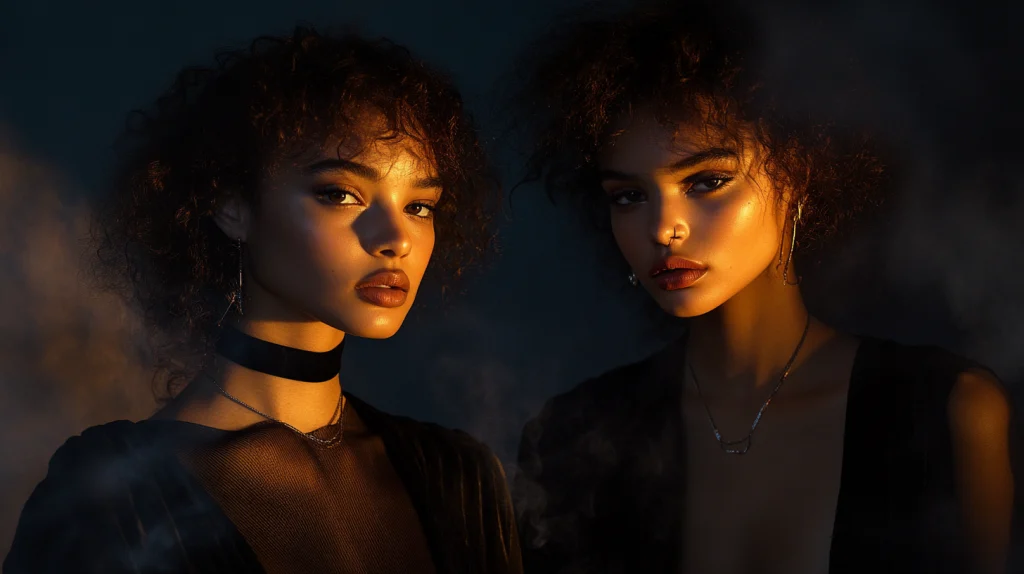
🧠 Smart functions and artificial intelligence
- Pixel 9 Pro can automatically remove unnecessary people in the background (Magic Eraser Pro).
- Huawei P80 Pro+ adapts exposure in real time to moving objects.
- Xiaomi 15 Ultra offers RAW shooting with intelligent post-processing.
- iPhone can now recognize the scene and change the shooting style automatically (Document, Portrait, Macro).
- Samsung introduces voice control of focus and zoom.
| Category | Winner |
|---|---|
| Daytime shooting | Pixel 9 Pro |
| Night shooting | Huawei P80 Pro+ |
| Zoom | Galaxy S25 Ultra |
| Portraits | iPhone 17 Pro Max |
| Versatility | Xiaomi 15 Ultra |
💬 My choice as a blogger and tester is Xiaomi 15 Ultra. For the balance between all modes, camera flexibility and powerful AI tools. But if quality in a specific area is important to you, it is better to focus on the category that is most important to you.
In 2025, smartphones have become real pocket photo studios. And although each manufacturer bets on its own, one thing is clear: mobile photography is experiencing a new renaissance. I hope my practical review will help you decide which smartphone for photography is right for you.
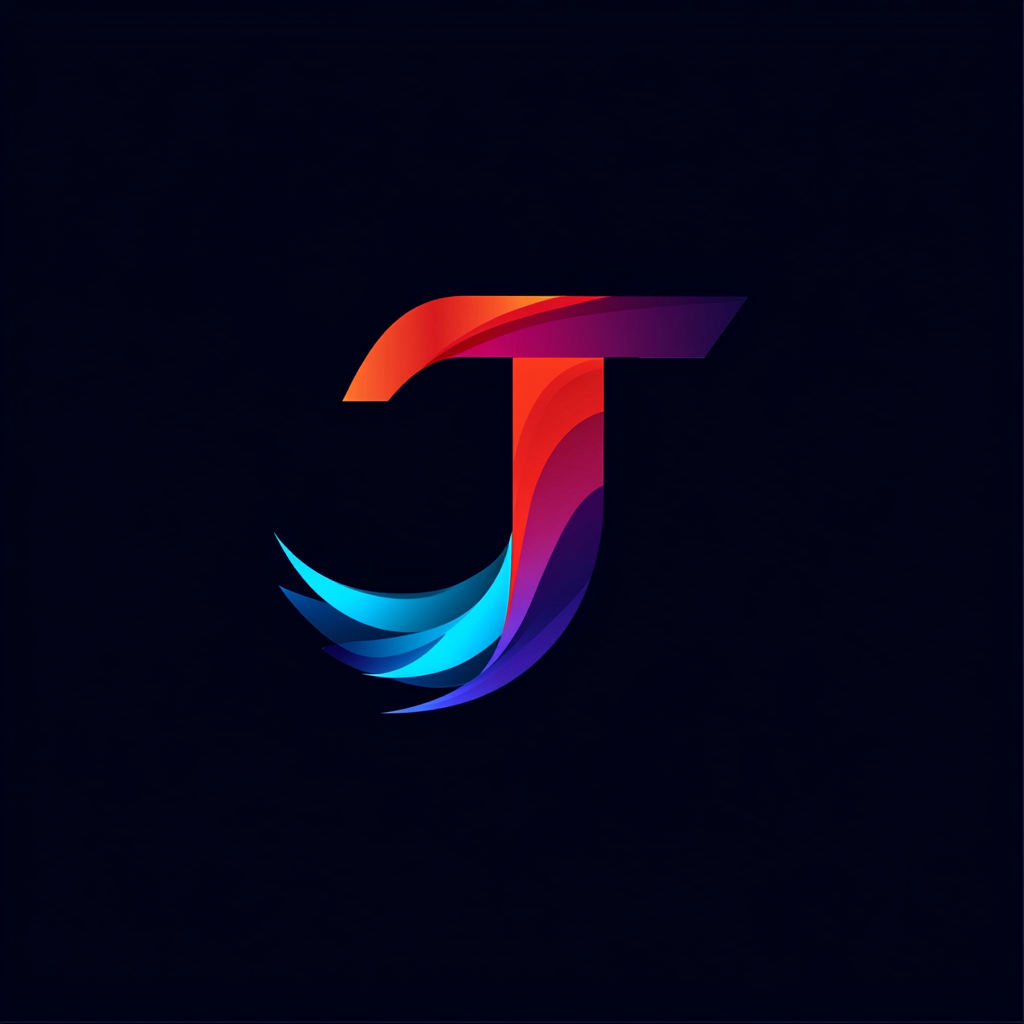
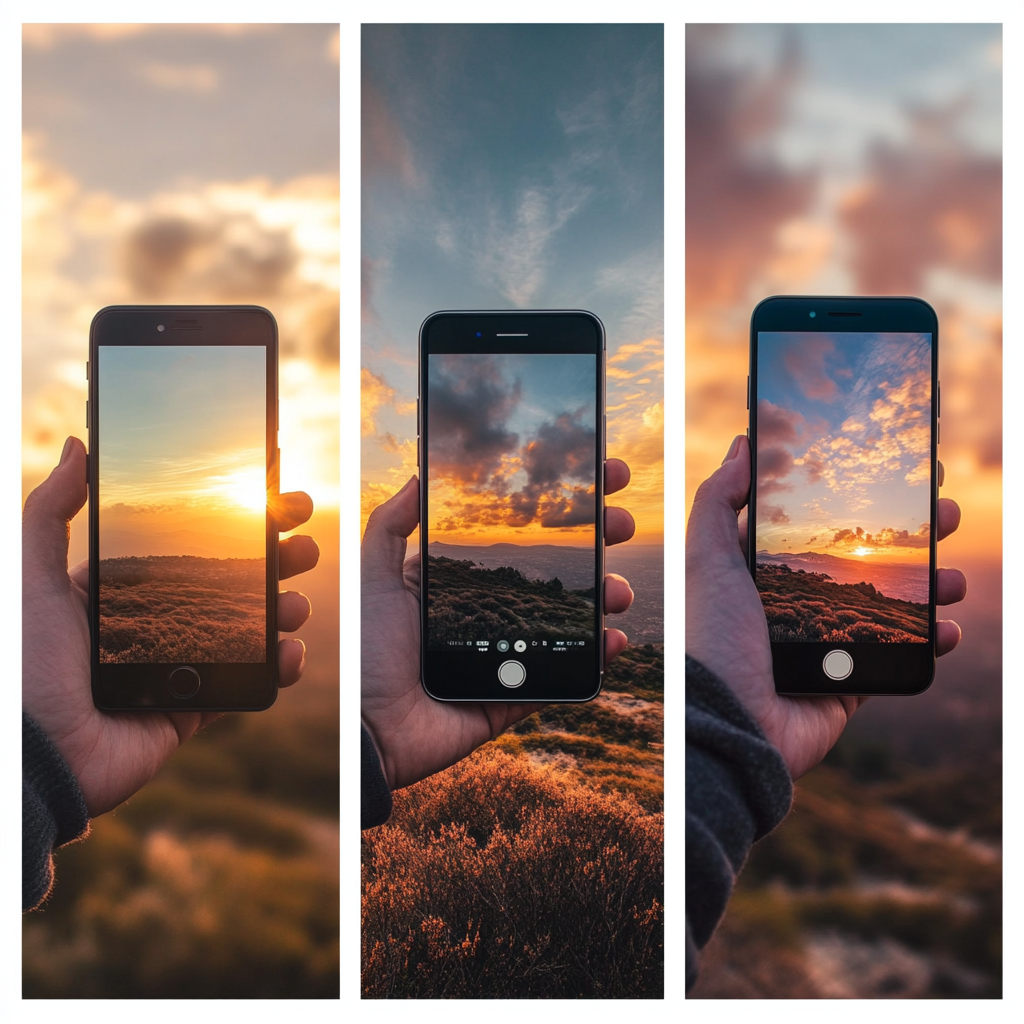
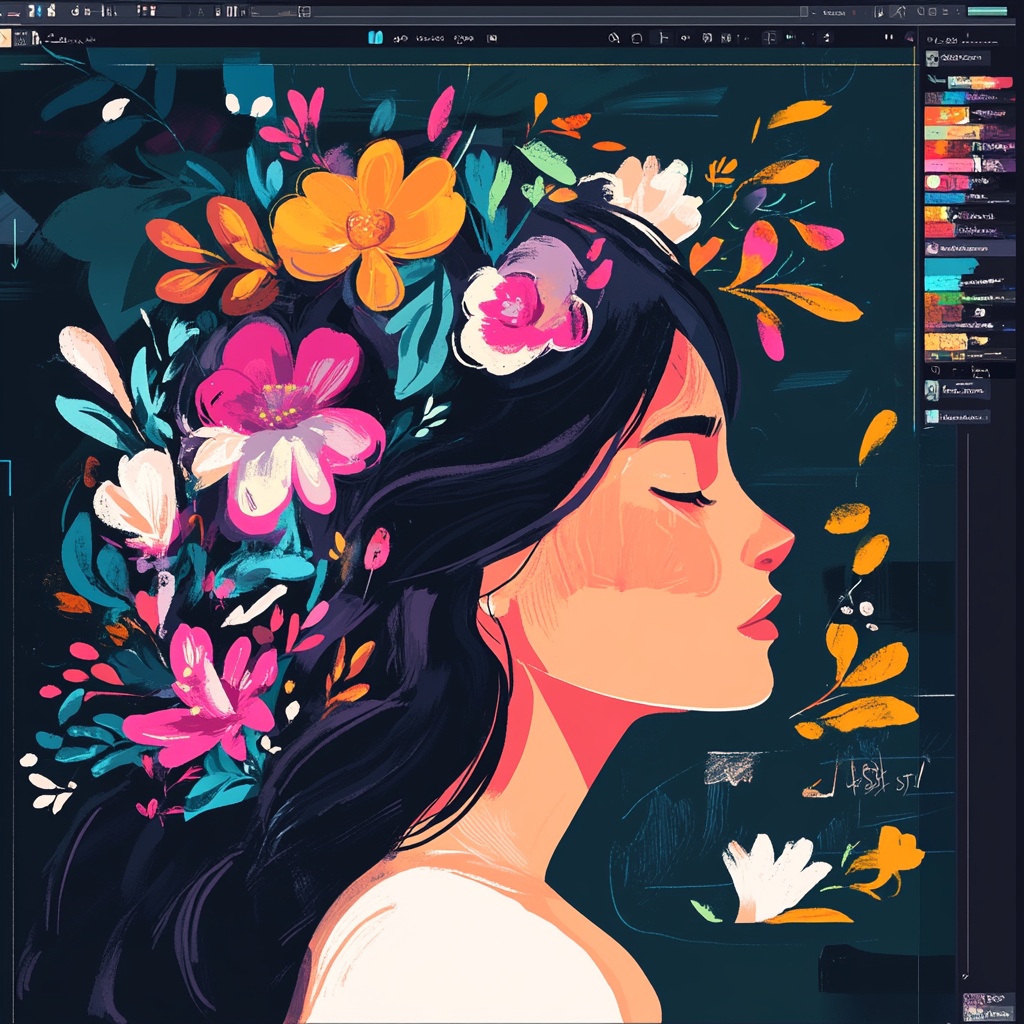

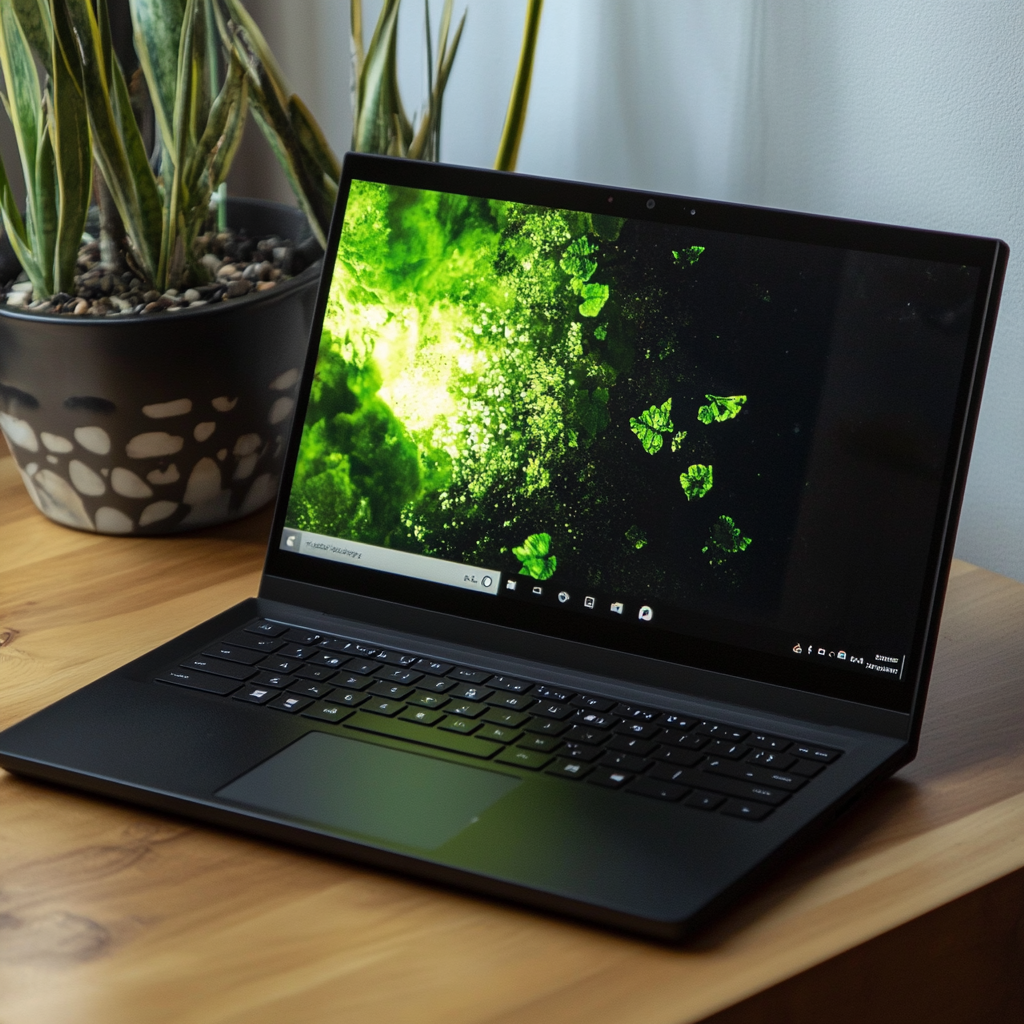
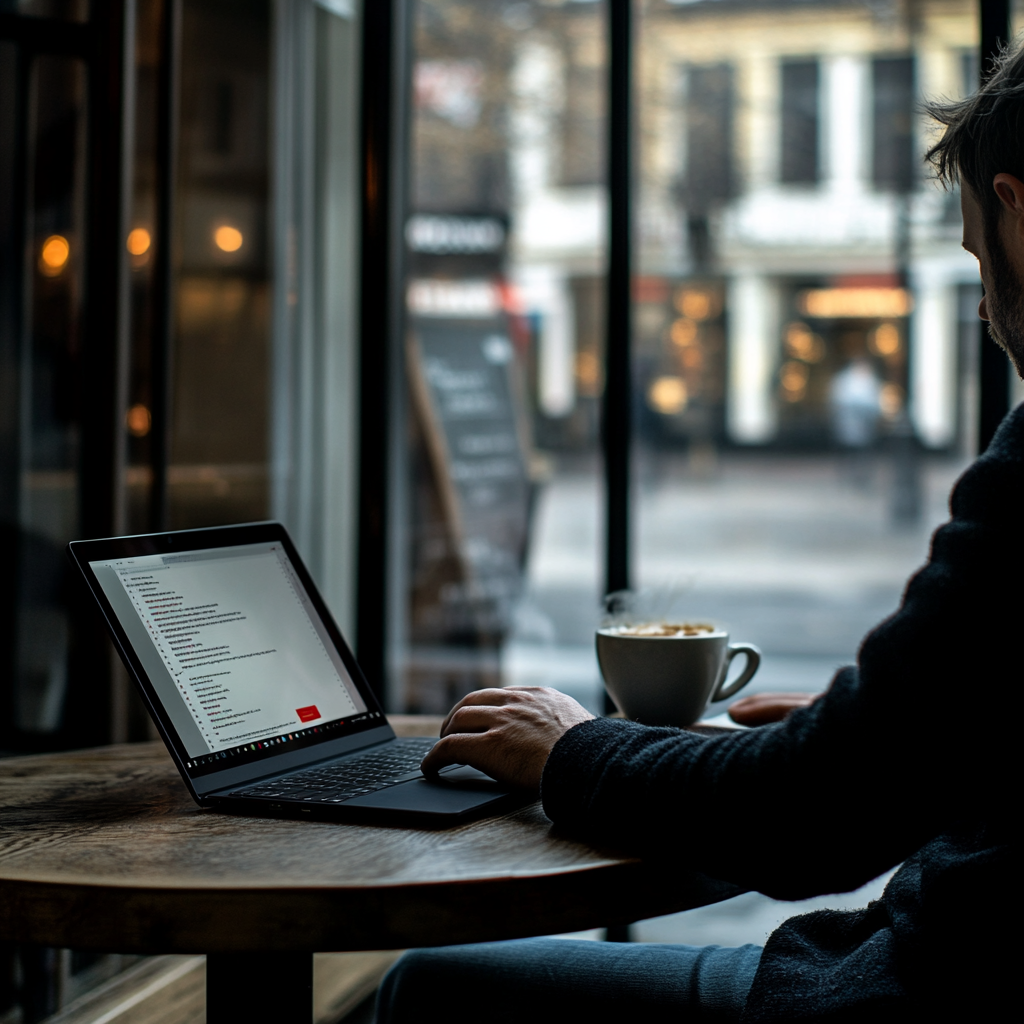
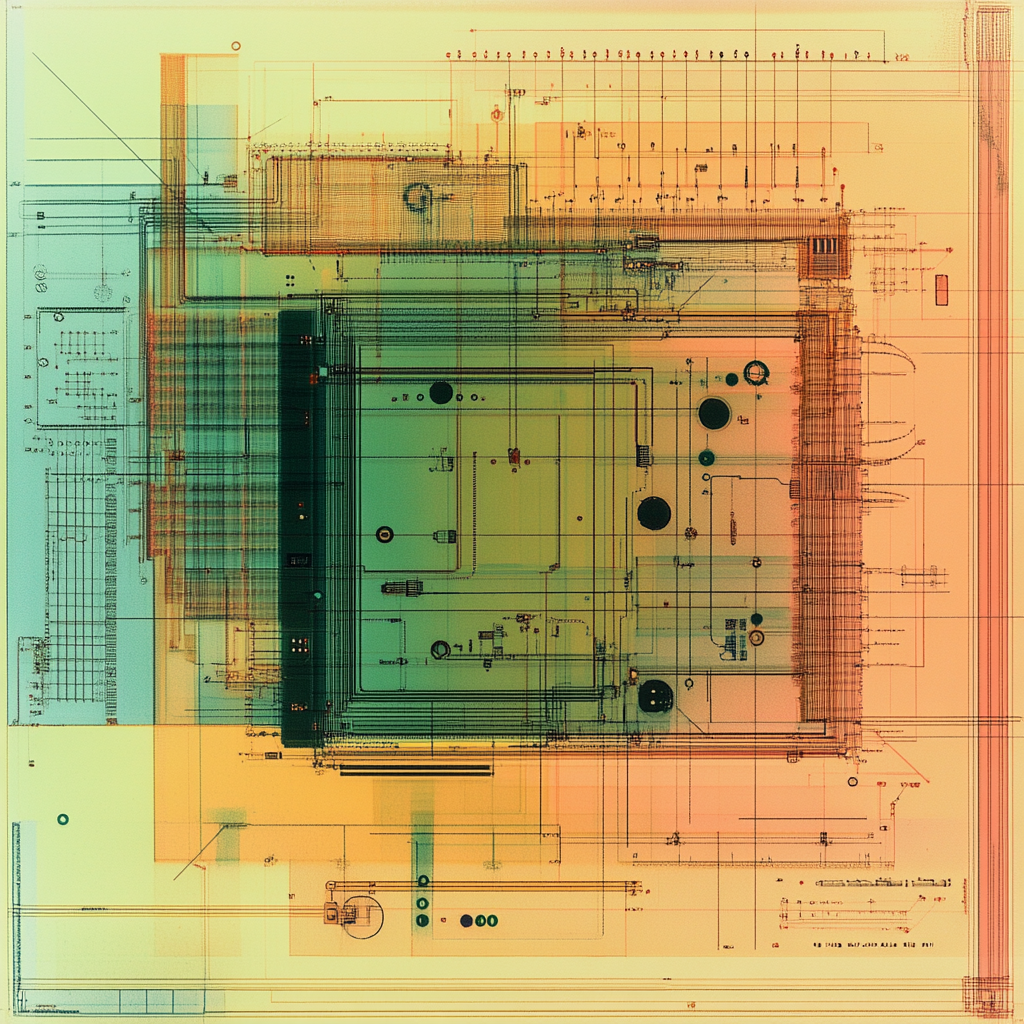

Leave a Reply